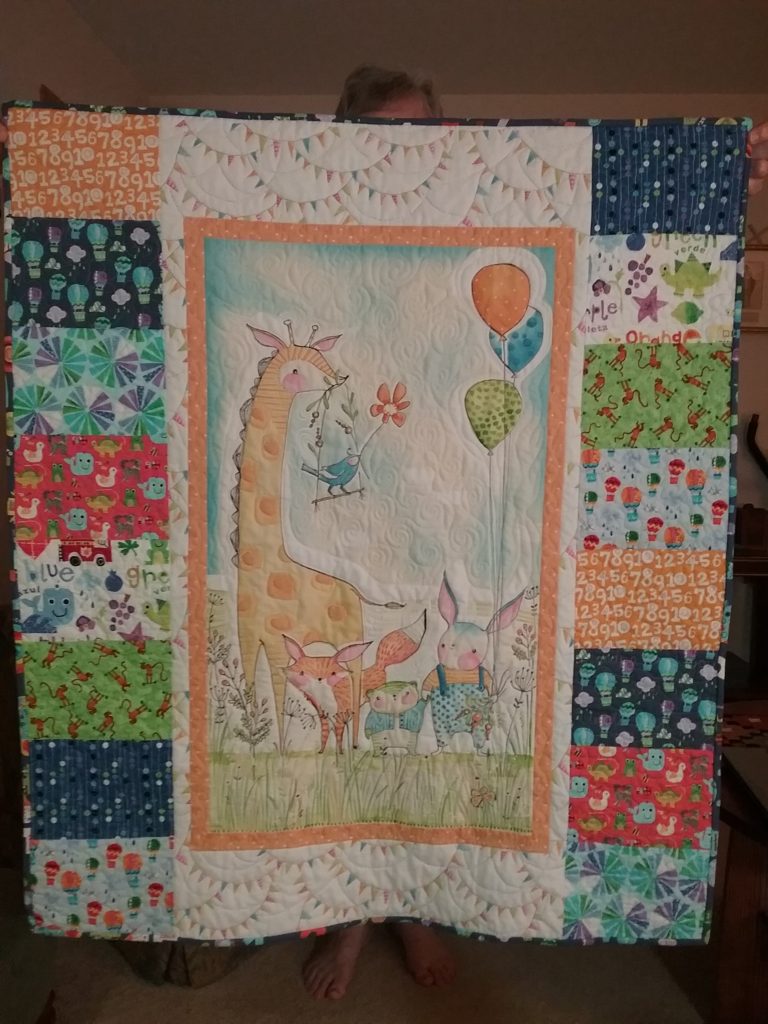(Note: I found this article in my files. I wrote it 15 years ago, but most of it still applies today.)
If someone offered you a million dollars in exchange for not homeschooling your children, would you take them up on it?
Recently I calculated that by staying home with my children and homeschooling them for the past 20 years, I lost between $500,000 and $1,000,000 in income.
When I left my full-time job in the early 1980’s to become a stay-at-home mom, I was making around $22,000 a year. A bit of Internet research has shown me that, had I spent the past 20 years working my way up the career ladder, I’d be making at least $40-60,000 annually now.
Do the math. Since I quit working full-time, I’ve missed out on earning well over $600,000. If I continue to pass up full-time employment in order to keep homeschooling my 11- and 13-year-old children (and God willing, that’s the plan), I stand to miss out on another $400-500,000.
Consider your own situation. Whether you’ve been homeschooling for a while, or just started recently, you’ll miss out on a substantial amount of earnings over the time you homeschool. Economists call this an “opportunity cost”, meaning what something costs you in lost opportunities. Each time you make a choice between two or more things, you incur some opportunity costs.
Lost income is probably the biggest opportunity cost of homeschooling, and my situation is not the most extreme. For example, if you have an advanced degree in law or medicine, homeschooling could cost you a six-figure amount in lost income each year. And even if you never went to college, you are likely missing out on $20-30,000 annually.
This brings us to the question: is it worth it? Does homeschooling reward your family enough to make up for the loss of hundreds of thousands of dollars of income?
The answer depends on how much you value the intangible rewards of homeschooling. Looking back on the past 20 years, I think of all the memories my children and I made. There were games and projects, frustrations and solutions, fighting and forgiveness. We had so much time together, thanks to homeschooling. As my two older children have grown into adults, that time has dwindled, and has gone from daily life to occasions. How can I put a price on those years we had together?
True, had I remained employed all these years, we would be driving nicer vehicles, and maybe even living in a larger house on a bigger piece of property. We’d have new furniture. We would have taken expensive vacations so we could have some “quality time” with our children.
And what of our children?
They would have gone to school. Maybe they would have turned out to be as terrific as they are, but maybe not. Almost certainly we would not be as close emotionally, because we wouldn’t have had all the time together that homeschooling allowed us.
Some of them might not even be here now. Had I kept working full-time, it’s unlikely we would have had four children. The daycare expense would have been too high. Chances are we would have stopped after one or two. I don’t even want to imagine life without any of my children!
And what of the value of our homeschooling? In my area, one private school with an excellent reputation charges $12,000 annual tuition. When I first heard about that, I wondered who could afford that kind of money per child each year. But now I think, that’s not so high. My own children’s education is currently costing us $60,000 each year in lost income. That’s $30,000 per child, and it covers:
Personalized, one-on-one instruction and attention
A teacher who loves those kids more than any other teacher would
Hand-picked books and resources
Student-led learning and exploration
No peer pressure or negative socialization
The opportunity to live and learn in the real world
Plenty of personal free time in which to grow and learn
Those are just some of the benefits for my children. There are also benefits for me, including:
Quantity time with my children, as well as quality time
The opportunity to really get to know each of my children before they grow up and leave home
No teacher conferences, PTA meetings or room-parent duties
Living by our own schedule instead of the local school’s schedule
In my heart, I can’t put a monetary value on the benefits of homeschooling; they are priceless. But any economist would tell me they are costing me $60,000 a year. My response would have to be that at that price, homeschooling is a bargain.


